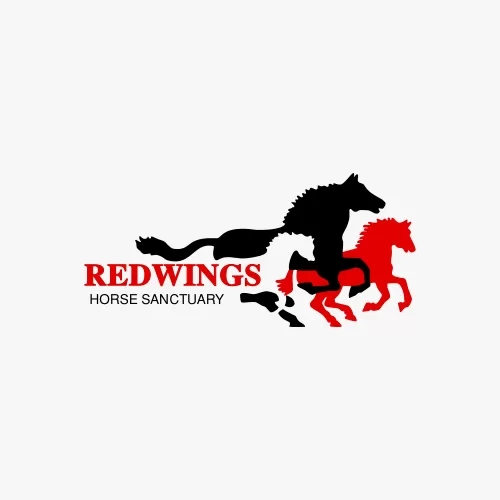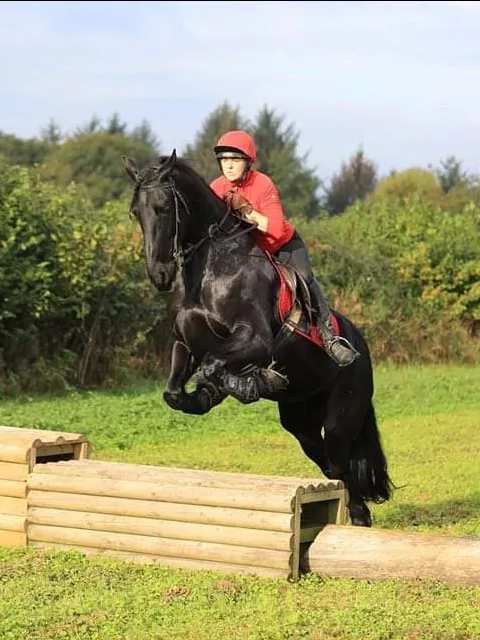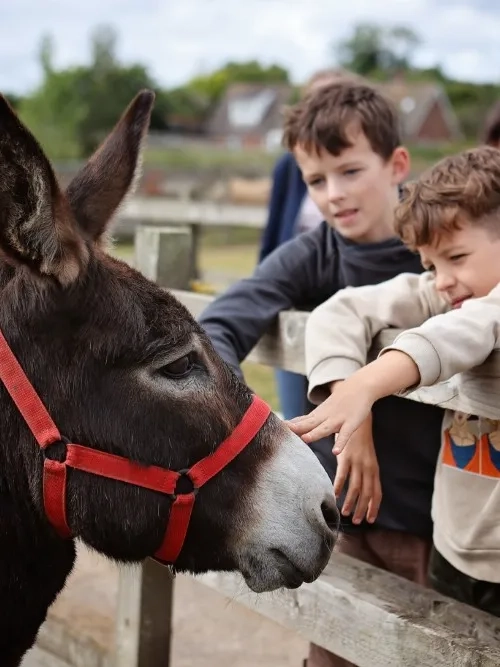14 July 2023
People who interact with horses often wish they could tell us how they feel. But by tuning into horses’ body language and facial expressions, we can discover a wealth of information that helps to indicate how positively or negatively a horse is feeling at that point in time.
Horses tend to communicate visually rather than verbally because it much safer for prey animals not to make noises that might draw unwanted attention. They are incredibly good at reading subtle signals given out by other horses, but that are very easy for humans to miss.
The Horse Grimace Scale was developed to help people know what facial indicators to look for that help us see early signs of tension, discomfort or pain.

As you can see, many areas of a horse’s face can communicate whether they are relaxed or not.
At Redwings our staff are trained to look for subtle signs that all is not well, so an issue can be addressed early. Otherwise the horse may become more uncomfortable or unhappy and feel they need to communicate more clearly through evasive or even aggressive behaviour.
The Grimace Scale is just one resource that supports better communication, understanding and trust between people and horses. Important research has also been carried out in how we can detect subtle signs of discomfort in horses when they are ridden.
This is an important and fast-growing area of research that helps anyone who wants to understand more about how horses think, feel, learn and communicate. It is an essential part of helping us all to care for, handle and interact with horses in ways that enable us to minimise negative aspects of their experiences, and maximise opportunities for us to meet their needs and offer them a good quality of life.

Redwings Press Office
Find out more about Redwings Press Office



